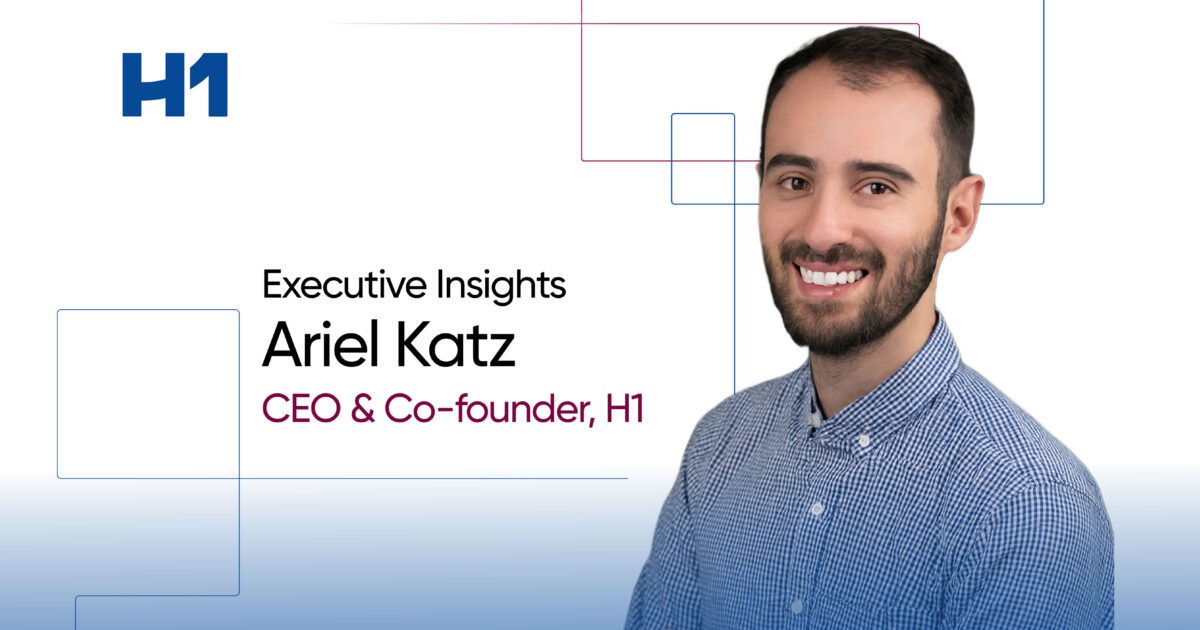Unlocking Smarter Clinical Trial Feasibility with Connected Data

From Protocol Design to Patient Recruitment: How H1 is Changing the Game
When it comes to clinical trial feasibility, the stakes are high. Choosing the wrong sites or drafting a protocol without full visibility into patient populations can lead to costly delays—or worse, failed studies. At H1, our mission is to connect the world to the right doctor, and in doing so, we’re helping the industry reimagine how feasibility assessments and site selection are done.
In a recent presentation at the 15th Annual DPHARM, Ariel Katz, H1’s CEO and Co-Founder, shared how connected data is transforming the way clinical teams approach protocol design, feasibility, and patient enrollment. The results speak for themselves: millions saved, timelines accelerated, and transformed enrollment success rates.
The Challenge: Missing Connections and Blind Spots
When launching a clinical study, teams often lack a systematic process for answering critical questions: Who are the physicians? What are the sites? Where are the patients? How does this tie to the protocol? Do sites have the right equipment? Without this connected approach, protocols are drafted without clear visibility into patient populations, and sites are chosen based on assumptions rather than data—leading to costly missteps.

One rare disease sponsor discovered this firsthand. Like most rare disease companies, their biggest challenge was identifying where eligible patients actually were. Initially planning to launch their study in countries where they assumed patients would be located, H1’s analysis revealed the protocol design wasn’t viable for those regions. Rather than proceeding with costly site startup in the wrong locations, they redesigned their protocol early in the process, ultimately saving $13 million in startup and site selection costs while avoiding significant delays.
The Solution: Comprehensive Visibility, From Country to Site to Patient
H1’s approach to feasibility begins with the big picture and narrows down to the critical details:
- Country-Level Feasibility: Upload your protocol and identify where patients are located globally, along with their diagnoses and EHR data, to inform country selection.
- Site Selection: Drill down into which sites have the right equipment, infrastructure, and track record to conduct your study.
- PI Identification: Find the physicians who are actually treating eligible patients and understand how they’ve performed in the past.
- Competitor Benchmarking: Compare your expected enrollment rates with how competitors performed at the same sites.
- Patient-Level Matching: Enter your inclusion/exclusion criteria to determine the number of patients available at a given site.
This connected approach ensures that trial teams no longer spin up sites that fail to recruit. Instead, they’re empowered to make confident, data-backed decisions.
Real-World Impact: Millions Saved, Timelines Protected
The value of this connected approach becomes evident through real-life experiences. Consider these two examples that showcase the tangible benefits of data-driven feasibility.
One top pharmaceutical company entering a new therapeutic area—without existing relationships or site experience—Using H1, they were able to identify not only the countries where patients with rare diseases were located, but also the centers of excellence and sites where studies were taking place, as well as naive sites with patient populations but no prior study experience. The outcome: $15 million in avoided consulting and site setup costs, plus faster study startup.

In another example, a CRO ran a true A/B test: half the sites were selected using traditional methods, the other half using H1’s data-driven platform. The difference was clear. Sites chosen with H1 spun up faster, enrolled patients more efficiently, and ultimately carried the study forward—while the traditionally selected sites stalled.
Looking Ahead: A New Standard for Feasibility
As the industry evolves, the ability to harness global patient, site, and physician data will become the new baseline for feasibility. Sponsors and CROs that continue to rely on outdated, fragmented processes risk costly delays and missed opportunities.
At H1, we believe the future of feasibility is connected—one where data-driven insights power every stage of trial design and execution. And as these case studies show, organizations embracing connected data are changing how the industry approaches achieving enrollment rates, recruiting patients, and meeting timelines.
Want to learn how connected data can accelerate your next study? Request a demo today.
